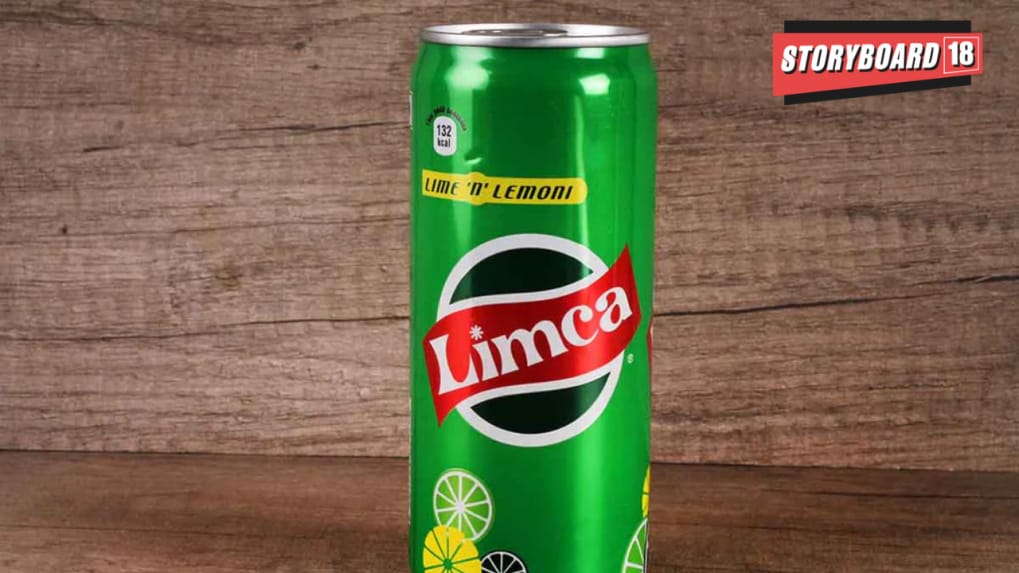Limca strengthens Coca-Cola’s non-cola portfolio as it crosses Rs 2,800 crore mark
According to Coca-Cola India, Limca is clocking strong double-digit growth in northern heartland states like Delhi, Punjab and Haryana, gaining share across traditional kirana stores as well as new-age retail formats.
ADVERTISEMENT
Coca-Cola India’s five-decade-old lemon-lime drink, Limca, has emerged as one of the fastest-growing brands in the company’s portfolio, crossing the Rs 2,800 crore revenue mark in 2024, PTI reported. Once seen as a nostalgic staple, the heritage brand is riding a fresh wave of relevance fuelled by rural expansion, modern trade penetration and a strategic push into the hydration segment.
According to Coca-Cola India, Limca is clocking strong double-digit growth in northern heartland states like Delhi, Punjab and Haryana, gaining share across traditional kirana stores as well as new-age retail formats.
A legacy recharged
First launched in 1971 and acquired by Coca-Cola in 1993 as part of the historic Parle buyout that included Thums Up, Maaza and Gold Spot, Limca has long held a special place in Indian beverage history. But 2024 marks a turning point, not just as a commercial milestone but as a testament to the brand’s reinvention in a highly competitive market.
As per the media report, Vinay Nair, Vice President, Franchise Operations, Developing Markets, Coca-Cola India & Southwest Asia, credited the success to a sharply focused playbook. Nair said, “Innovating to match evolving consumer needs, expanding distribution beyond metros, and purpose-driven marketing have been key to Limca’s modern-day resurgence.”
Limca’s new chapter also includes a foray into the hydration category with Limca GlucoCharge, a glucose and electrolyte-based drink aimed at active and outdoor consumers. Launched with Olympic gold medalist Neeraj Chopra as its face, the product bridges functional benefits with brand legacy, positioning Limca as performance partner.
Also Read: Pepsi vs. Coca-Cola: Will the 2025 cola war spark enough buzz?
Limca now joins Coca-Cola’s high-performance brands in India, alongside Thums Up, Maaza and Sprite. Thums Up being India’s first billion-dollar cola is reportedly closing in on the $2 billion mark, showcasing the growing scale and potential of Coca-Cola’s India business.
With a portfolio spanning Coca-Cola, Diet Coke, Sprite, Fanta, Limca, Maaza, Minute Maid and Honest Tea, the company is actively reshaping its narrative to stay relevant across urban India’s Gen Z consumers and the fast-growing rural middle class.
Read More: Retail rules, Q-comm bubbles: Cola Wars heat up as brands tap digital playbooks

